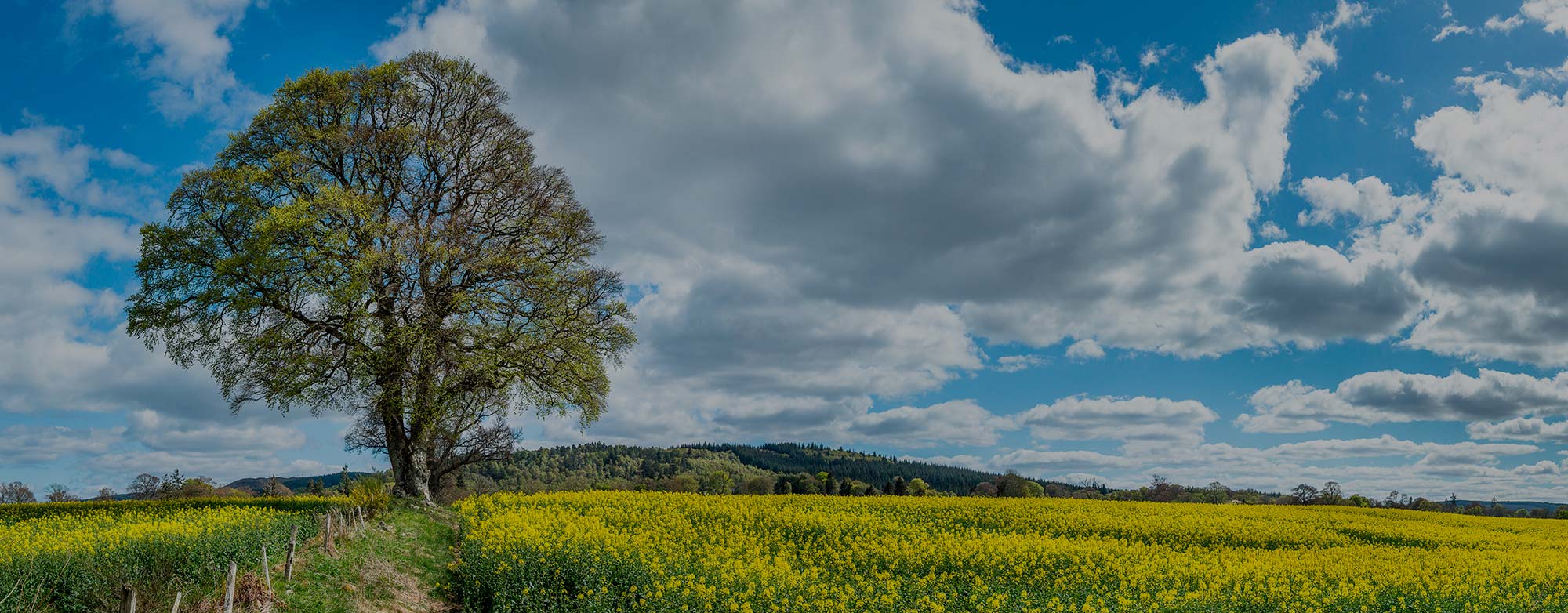
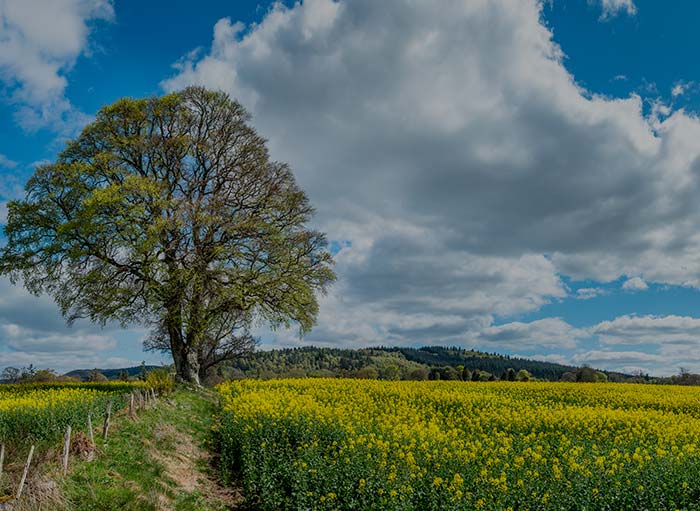


The geography of Scotland is bold and beautiful with stories and history to match. Scotland is a country that provides four seasons in one day with a climate and weather that has shaped the landscape and people for thousands of years. North, South, East or West, every area of Scotland has its own unique landmarks, legends, stories and history. It’s little wonder then that many of Scotland’s gin makers and brand owners have looked to their local area for inspiration. Whether it’s the Scottish Gin in the bottle, the brand, the packaging, the people; Scotland’s gin makers and brand owners, in one way or another are influenced and inspired by their local landscape, stories, history and legends.
Some capture this idea of place in their gins with locally foraged botanicals that give a taste of rugged coastlines or heather covered hills. Some capture the notion of place in their packaging while others weave their own experiences of life in their local area into their brand. Scottish Gin not only captures the taste buds, but captures the imagination. In our Scottish Gin Geography editorial series, we look at some of the local landscapes, landmarks, characters and history that have inspired Scotland’s gin makers and brand owners.
Isle of Harris Distillers, Isle of Harris, Na h-Eileanan Siar
With its dramatic landscape that includes some of the most stunning beaches in the UK including Luskentyre and Scarista, the Isle of Harris is a place you’ll never forget once you visit. Forming part of the island chain that makes up the Outer Hebrides, with the Isle of Lewis to the north, the Isle of Harris forms the southern region of the island with the town of Tarbert forming the main settlement on the island. With the ferry port and a variety of hotels, B&Bs, shops and attractions, including the Isle of Harris Distillery, Tarbert is the first point of call for many visitors to the island.
The island is also home to a variety of art galleries and craft businesses. Besides Isle of Harris Gin, the island is also famous for Harris Tweed, a textile handwoven by islanders at their homes in the Outer Hebrides, finished in the Outer Hebrides, and made from pure virgin wool dyed and spun in the Outer Hebrides.
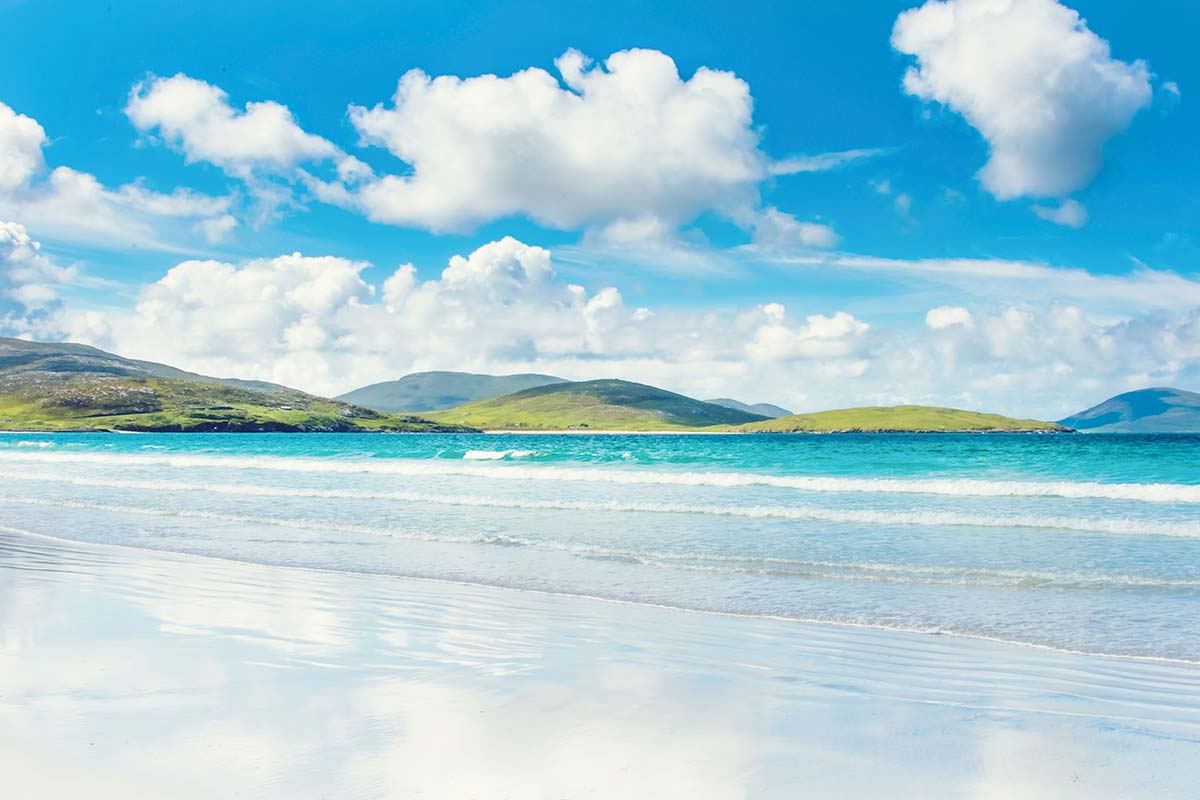
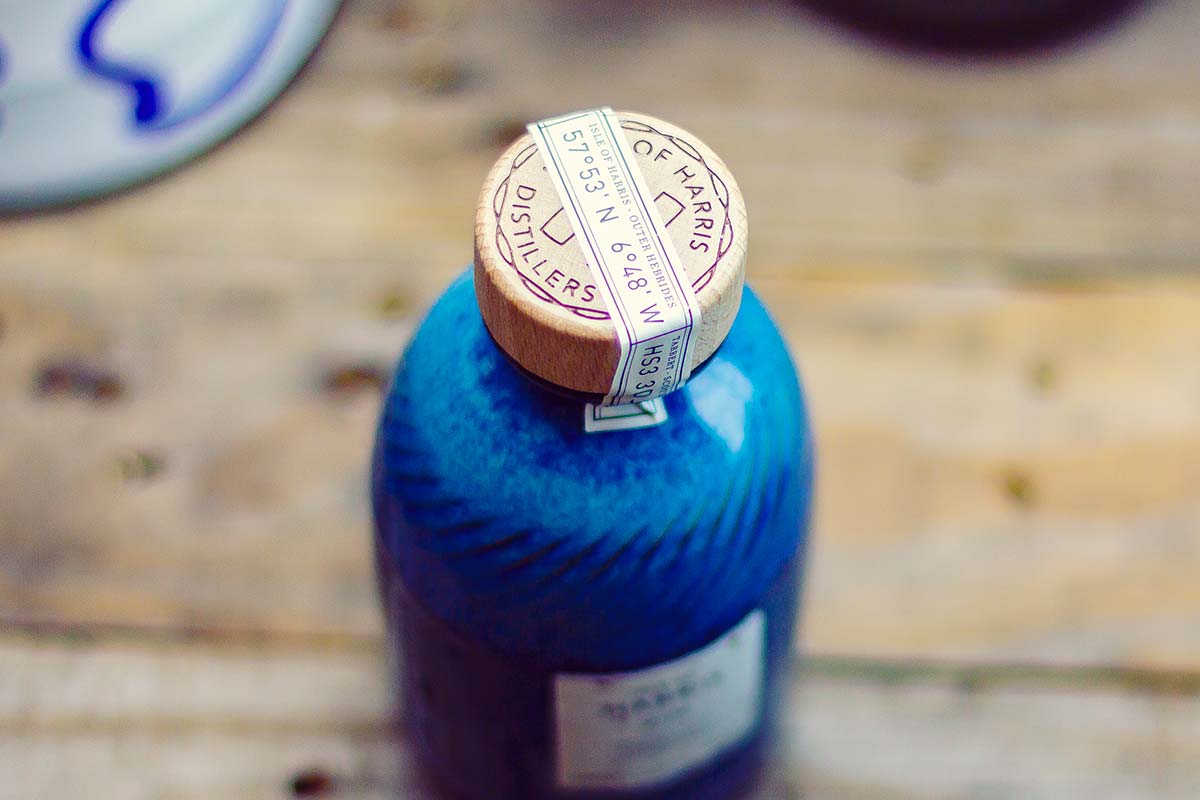
The Outer Hebrides have been inhabited for over 6000 years with inhabitants sharing cultural ties with both mainland Britain and Norse. Vikings invaded the islands in the 9th century and their influence is still seen to this day with norse street names, along with settlements and artefacts including the Lewis Chessmen.
“One of our values here at the Isle of Harris Distillery is ‘For, With and From the Isle of Harris’ so our island home has influenced our Isle of Harris Gin in many ways.
“From the beginning we knew that, being on an island, we had to turn to the sea for inspiration and to create a unique Outer Hebridean spirit.
“It was through the work of an ethnobotanist that we came to discover our most important botanical, Sugar Kelp. The gold-green fronds of Sugar Kelp are hand-picked from underwater forests here in the islands by local diver, Lewis Mackenzie over the spring and summer months.
“We’re also lucky to have some of the most beautiful golden sands and sparkling blue waters in the world here in Harris and a lot of inspiration has been taken from our surroundings in the design of our Isle of Harris Gin bottle.
“The azure colour that rises from the bottom of every bottle as well as the rippled glass pattern is a reflection of the wind-blown seas of Luskentyre or shimmering sands of Seilebost. And in every label are flecks of Sugar Kelp and copper, a subtle nod to the art and craft dedicated to every drop of island spirit.
“As a ‘Social Distillery’, we try to get involved with and give back to the local community as much as possible. In helping at beach cleans, providing draff to local crofters and hosting various fireside events for the community, means we can really be here for the Isle of Harris.”
Shona Sutton, Isle of Harris Distillers
Learn more about Isle of Harris Distillers here.
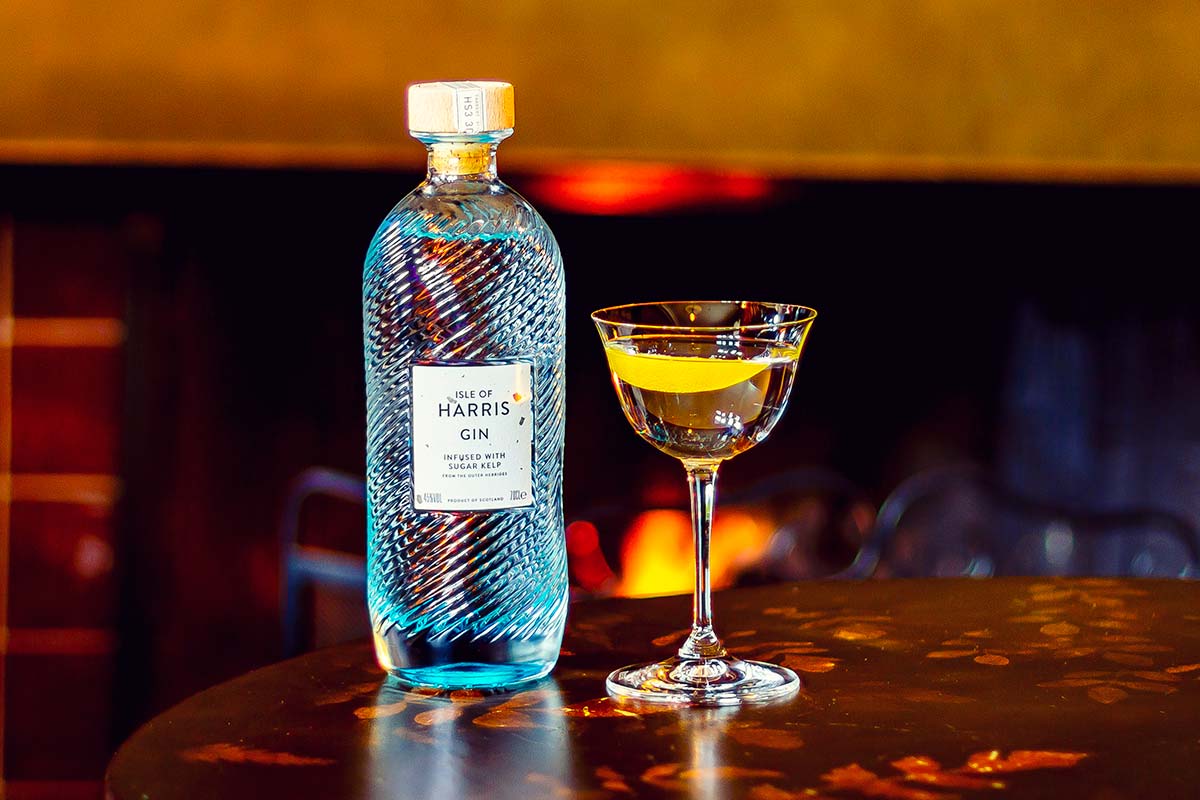
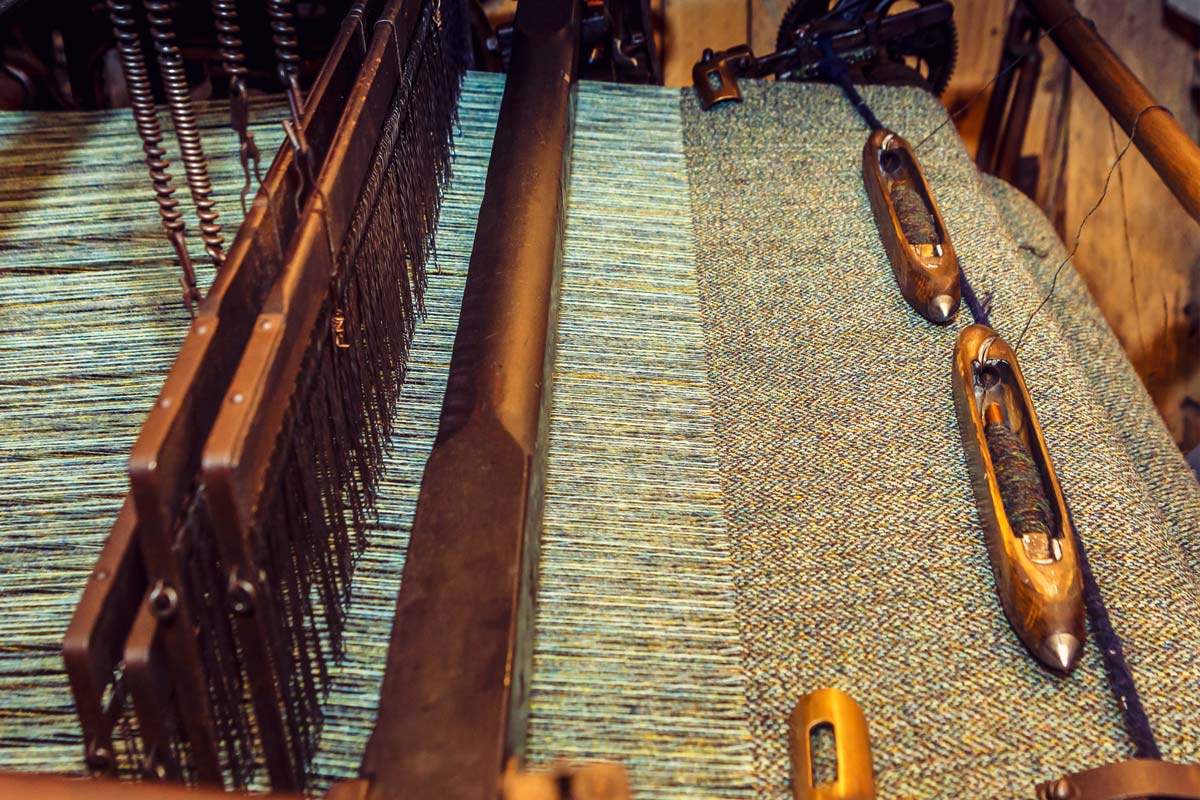
The Borders Distillery, Hawick, Scottish Borders
The town of Hawick, pronounced Hoyk, sits on confluence of the Slitrig Water with the River Teviot in the Scottish Borders. The town was once home to a number of textile mills including Peter Scott and Pringle. And although a number of these have closed or moved location, the town still boasts a number of mills that produce luxury cashmere and merino wool textiles.
Originally a small settlement established in the 600’s, the area continued to evolve and grow over the centuries. Due to its proximity to the border with England, the region saw a number of fights, skirmishes and raids in the cross border wars between England and Scotland. One date that’s still celebrated in town every year is the 9th of September. In 1513, most of the towns men had been killed at the Battle of Flodden. A year later the town was raided by a party of English troops sent over the border to raid the town. The local boys grouped together and managed to hold off the troops and capture their English flag. With the English troops dispersing and retreating, the boys were hailed as heroes. This event is commemorated by the statue of a horse and rider at the north east end of the High Street and with the “Common Riding” event which takes place every June. The event sees several hundred riders gather to ride around the boundaries of the burgh.
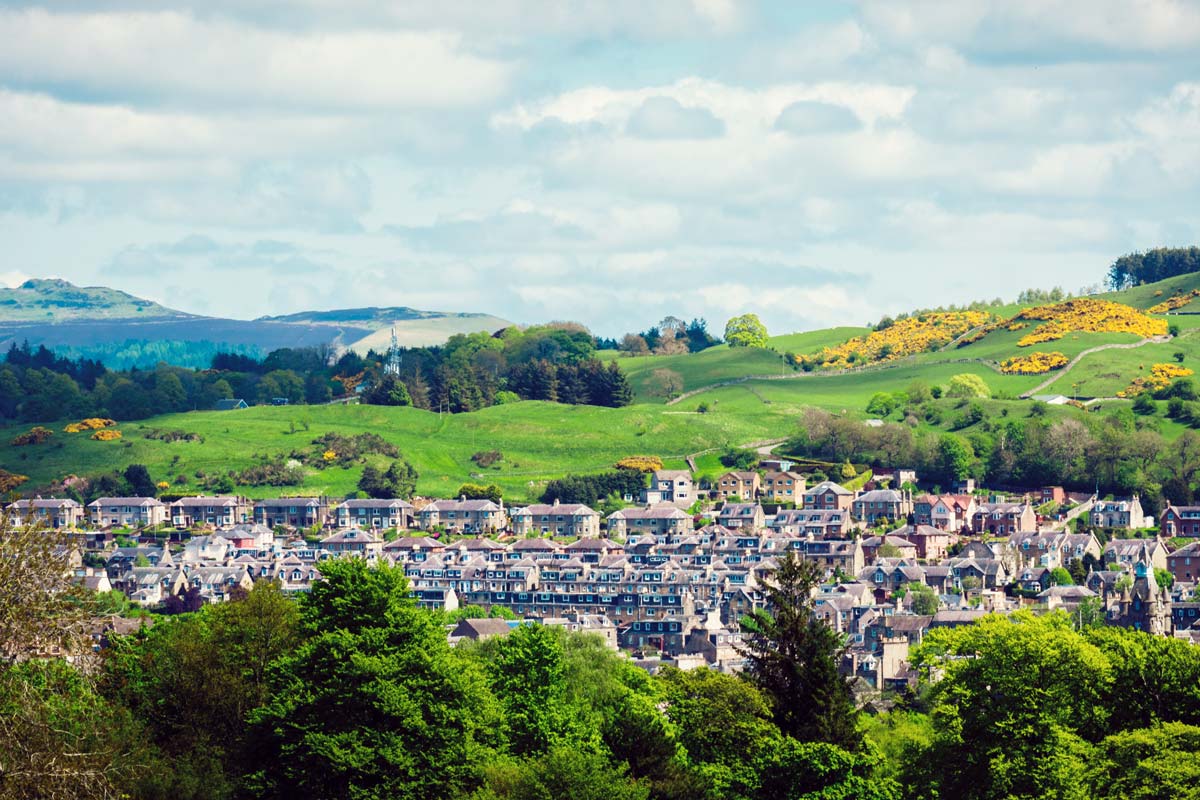
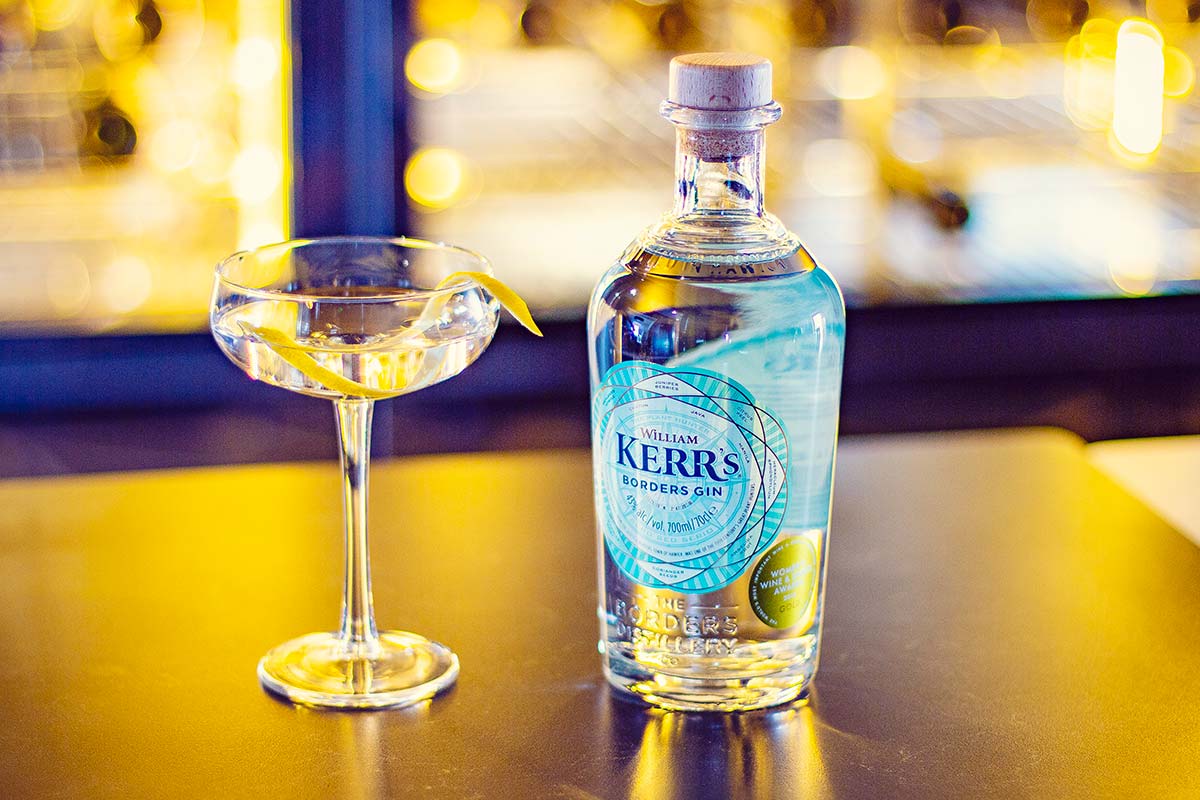
The local landscape is made up of lush rolling green agricultural land, hills, forests and freshwater rivers. It’s the abundance of free flowing freshwater that played a crucial role in the town’s textile industry. In the early 1700s, engineers designed and installed a number of sluices and man-made water ways that diverted the natural springs, streams and rivers to provide power for the town’s 50 textile mills. Also thanks to its economic growth during the 18th and 19th centuries, transport links were improved which helped with Hawick’s second biggest industry, livestock. The local market would annually process the sales of well over a quarter of a million sheep and cattle.
“Geology is at least as important as geography in its effect on William Kerr’s Borders Gin. Our water source at The Borders Distillery is an underground lake situated twenty metres beneath the distillery. The water supply is constantly replenished by rainwater that fell years ago, filtered through mineral-rich rocks over decades. The rock formation beneath Hawick is part of the Caledonian Orogeny, formed 450 million years ago, and so we’re proud to say our Scottish Gin is produced from water filtered through rocks named after Scotland itself (Caledonia being the Latin name for Scotland).
“Rock filtration makes our water incredibly pure, and abundant in both magnesium and calcium. These minerals act as a natural co-enzyme to the yeast, ensuring our fermentation is smooth and consistent. Unfortunately, doing things this way takes twice as long as standard grain neutral spirit fermentation. However, when the rocks are millions of years old, and the water has been filtering for decades, waiting a few more days for fermentation doesn’t seem unreasonable. Patient and careful fermentation, coupled with our mineral-rich water, creates a full and rounded spirit that perfectly balances our complex palette of botanicals.”
Tony Roberts, The Borders Distillery
Learn more about The Borders Distillery here.
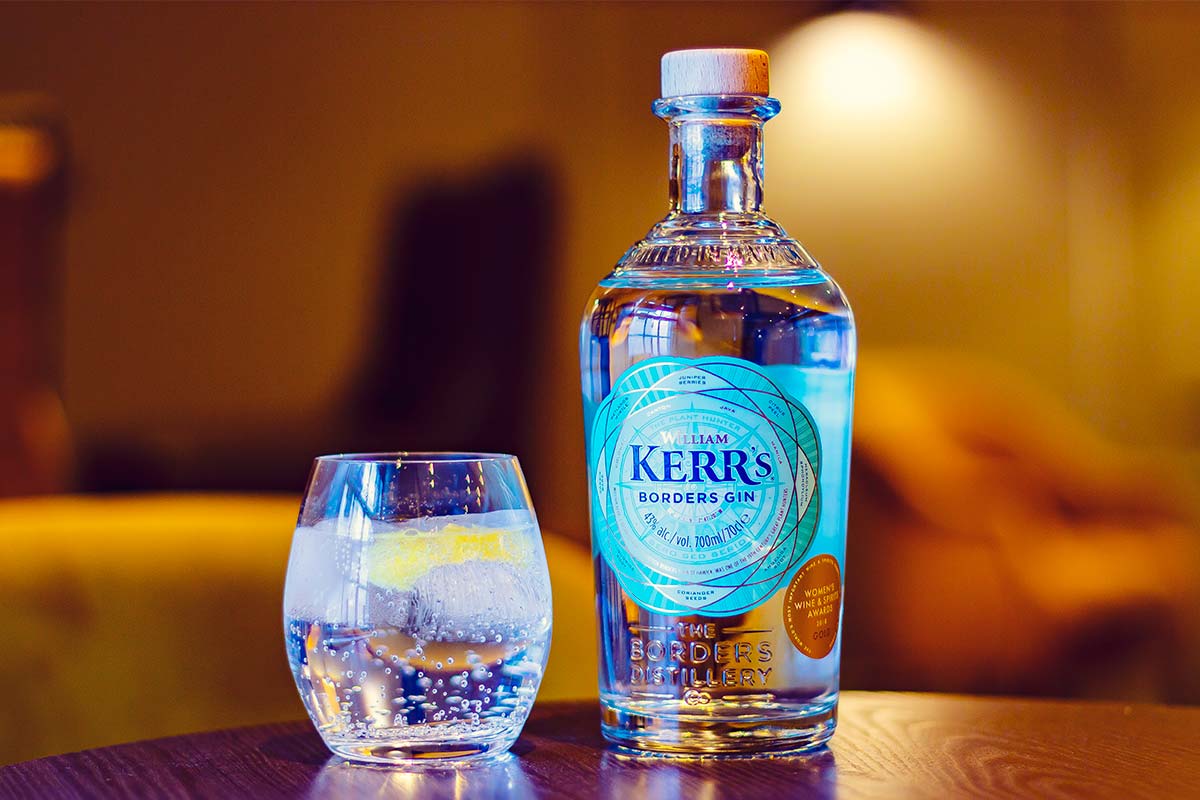
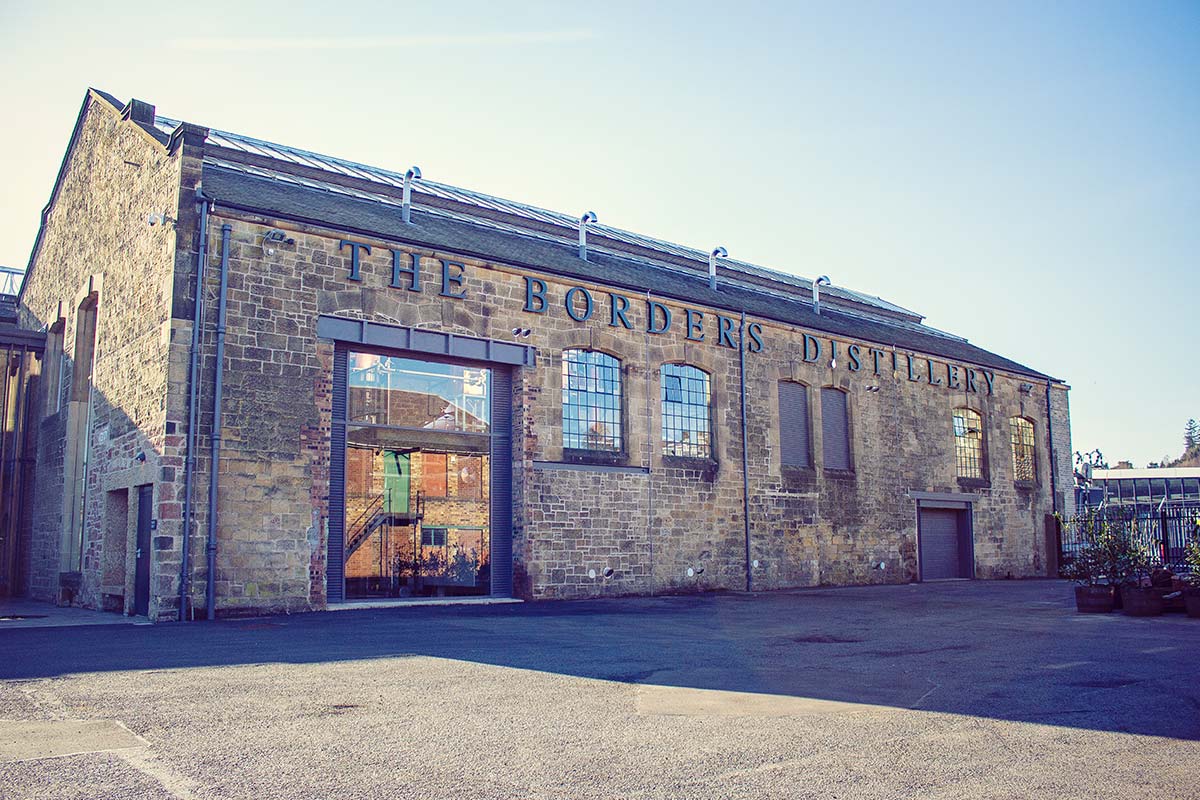
The Gael Spirits Company, Dunkeld, Perth & Kinross
The historic ‘cathedral city’ of Dunkeld sits on the north bank of the River Tay and is often referred to as the gateway to the Highlands, due to its transport links to the North. Located in the Perth and Kinross council region, it’s said that the town was established by Caustantín son of Fergus, King of the Picts. Kenneth I of Scotland, King of the Picts is said to have brought relics of St Columba from Iona in 849 to save them from viking raiders. A new church was built to replace the existing structures, to house these precious relics. Over the centuries the site underwent a number of facelifts and developments before the Cathedral was finished in the middle of the 14th century. Central to the town, the Cathedral in one shape or another has stood the test of time, even bearing holes left by musket balls from the Jacobite Battle of Killiecrankie.
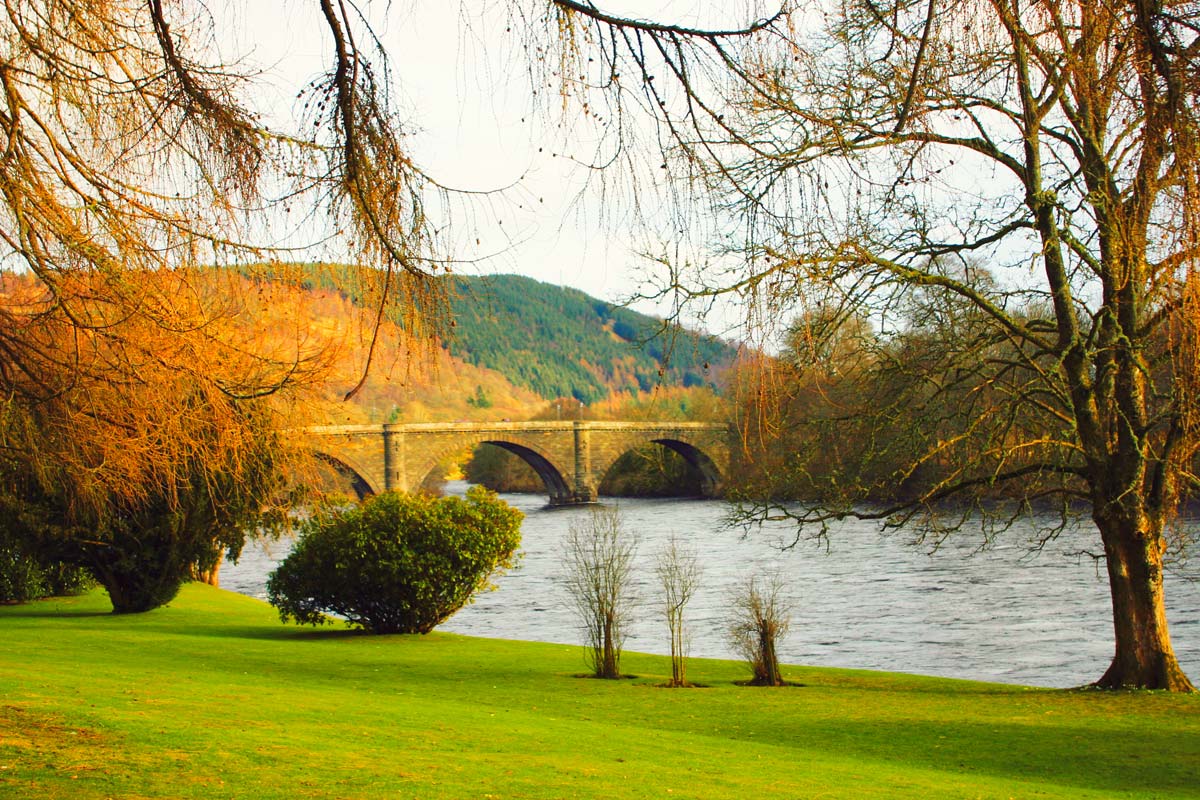
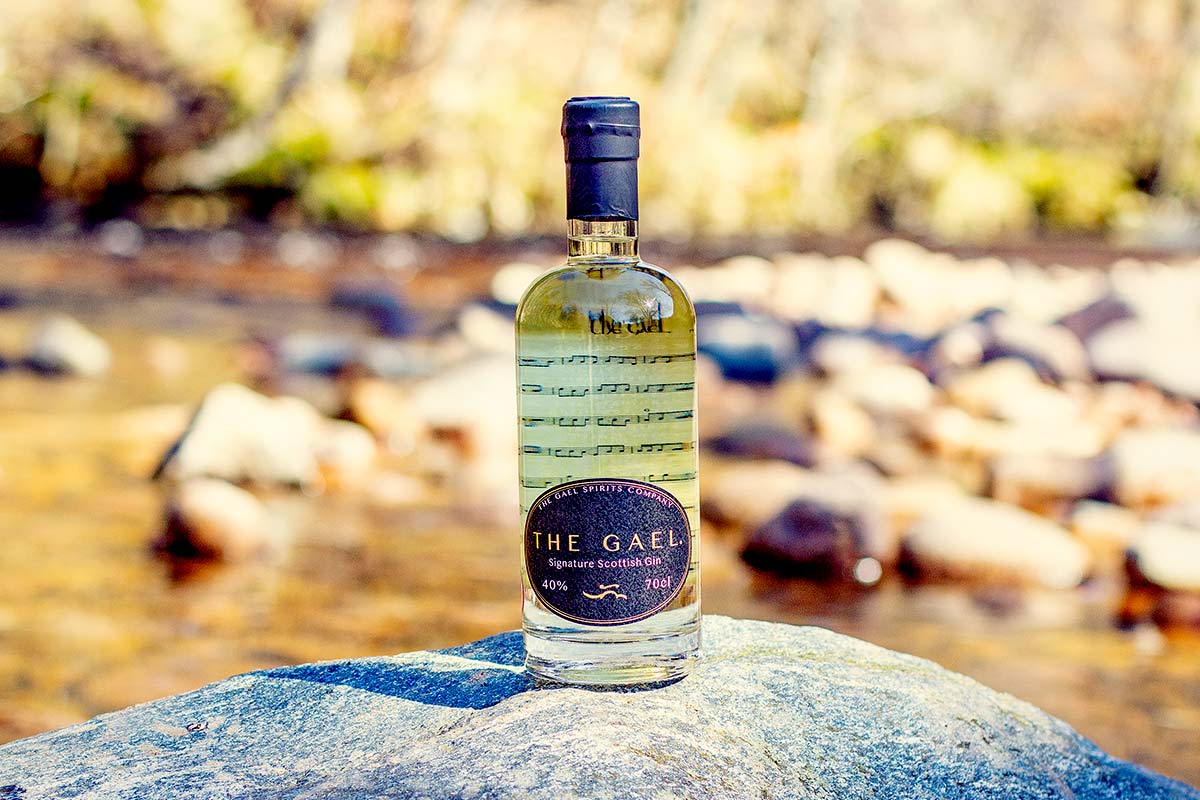
The local landscape is predominantly green rolling hills, freshwater lochs and rivers along with some of the oldest trees in the UK. The Birnam Oak is the only tree believed to be left from the Birnam Wood, mentioned by Shakespeare in his play Macbeth, “I will not be afraid of death and bane, till Birnam forest come to Dunsinane.” The area around Dunkeld is also designated as a national scenic area, one of forty such areas in Scotland, and is recognised as an area of exceptional scenery.
“Dunkeld and the surrounding area is where it all started for us, it is where we met, two of us in the local primary school and as a whole (a few years later!) in the local pub listening to music. From music sessions in the pub, to New Year Ceilidhs and everything in between, it was always music, particularly local music, that brought us together, got us chatting and was the starting point for The Gael Spirits Company.
“We are surrounded by incredible landscape. Beautiful lochs, forests, waterfalls and heather covered hills are all on our doorstep. We didn’t have to look far for inspiration when thinking about what botanicals we could use to work with our single malt base spirit and heather, which is all around us and worked perfectly.
“As a new business of two years, the local shops and delis have been brilliant in doing their bit to support us and we are incredibly grateful for their support from the very start, stocking our gin and hosting events to spread the word. Without the local community, rich musical culture and incredible landscape coming together and inspiring us, we would never have started on our journey as The Gael spirits Company. It has, and continues to be, an inspiration and support for our gin and our brand.”
Tanya Brown, The Gael Spirits Company
Learn more about The Gael Spirits Company here.
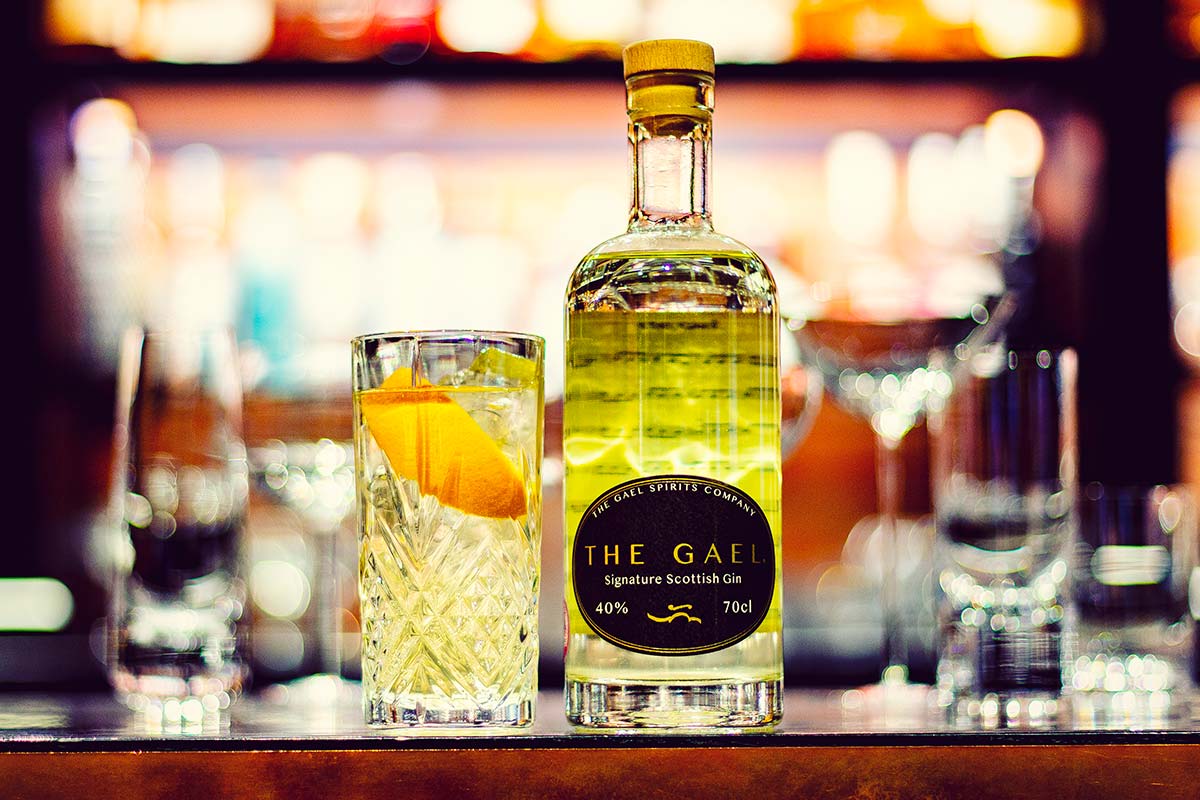
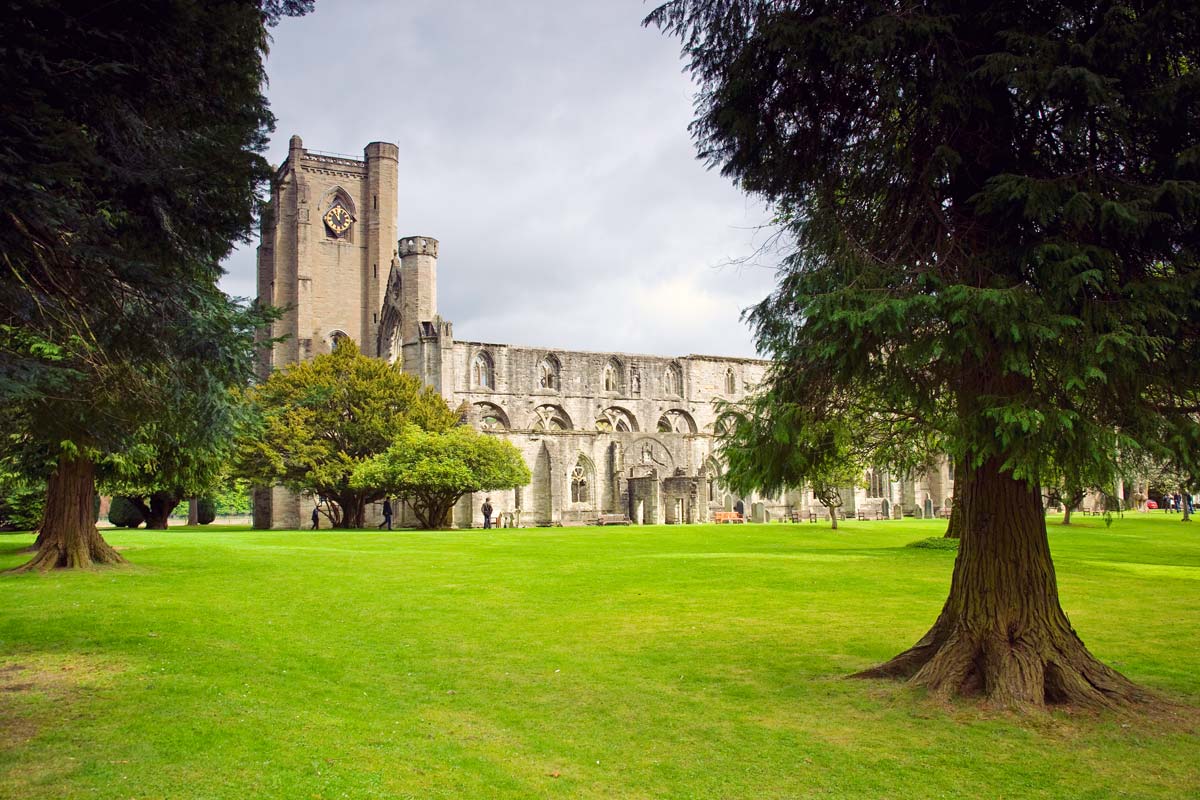
Pentland Hills Gin, Pentland Hills, South Lanarkshire
South West of Scotland’s capital Edinburgh, and approximately 20 miles in length, the Pentland Hills was designated as a regional park in 1986. Covering an area of 35 square miles at the northern end of the hills, the hills have served a variety of uses over the centuries including prehistoric settlements and hill forts built by the celts.
Combing recreational, farm and private land, the Pentland Hills provide a natural habitat for a variety of species of animals and birds including black grouse, red kite, hen harriers and more. With a number of reservoirs and bodies of water, the area also provides a habitat for a variety of water birds, insects and amphibians. The area is also rich in fauna and wild plants, which can be found throughout the seasons.
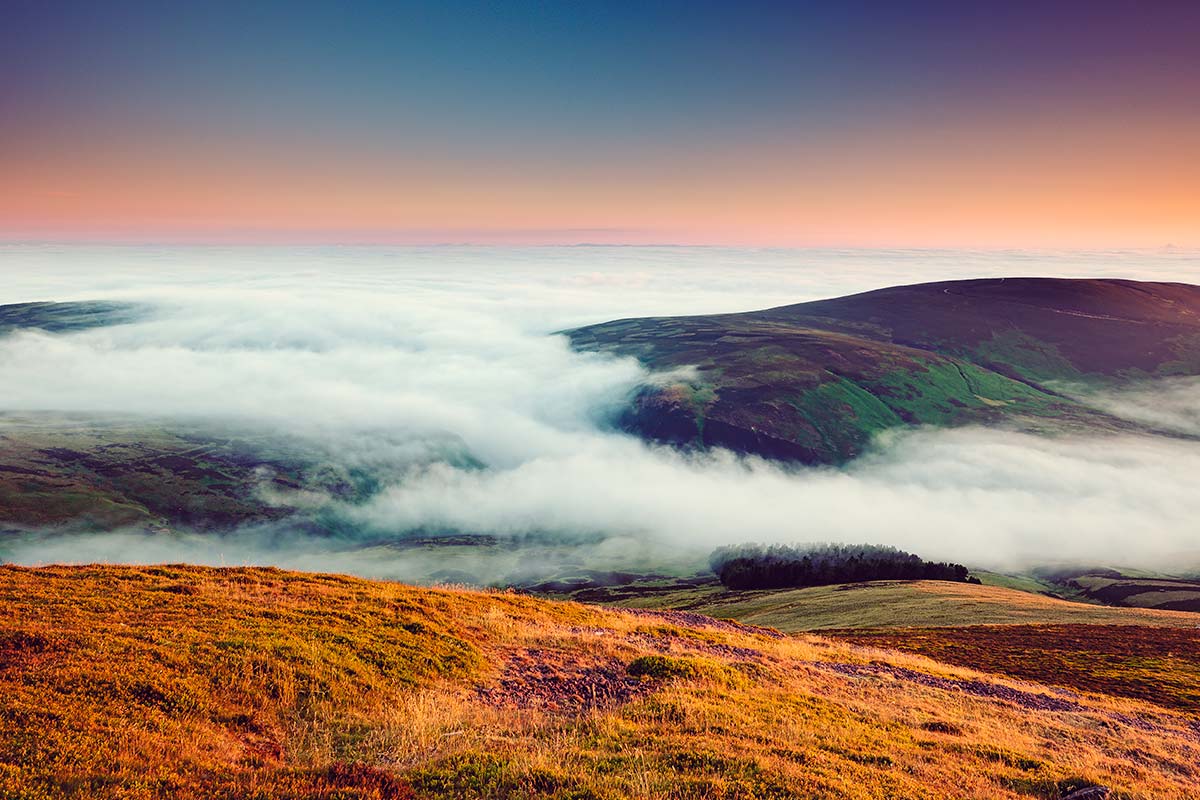
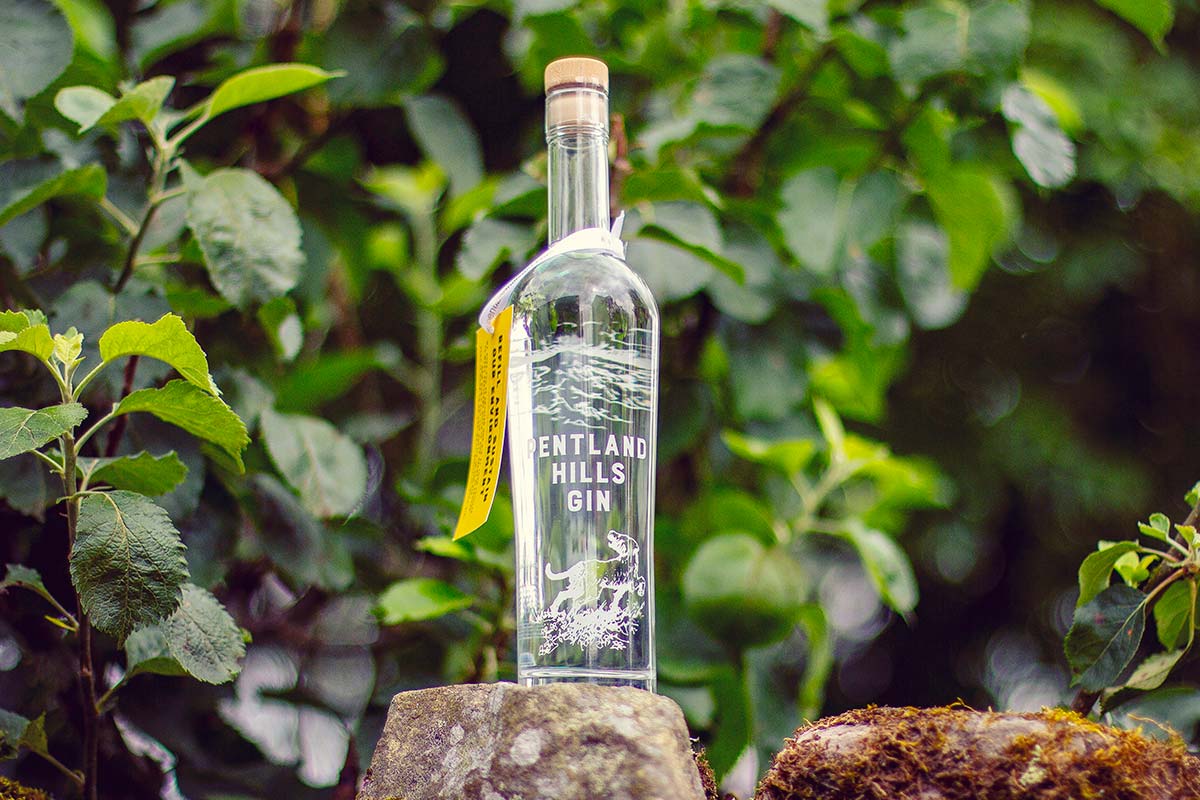
The Pentland Hills over the last few decades has become a firm favourite in the local area for those looking to escape city life. With a number of activities including sign posted walks like ridge-walking along Carnethy Hill, Scald Law and the Kips. Other activities include horse riding, mountain biking, fishing, wild swimming, kayaking and more. The hills attract approximately 600,000 people to the area each year. With the inclusion of a dry ski slope, even when there’s no snow, visitors to the area can still enjoy a taste of winter weather on the hills. The hills are also home to a number of private estates that offer activities like deer stalking, shooting, fishing, orienteering, camping and guided tours of the area.
“The Pentland Hills are, perhaps, better known for the Pentland Hills Park, which can easily be accessed by those who live in and around Edinburgh. However, the Hills become rather different the further west that you travel and it is on the western fringes of the Hills that you will find Pentland Hills Gin. At first it looks rather remote and bleak, lots of open, rolling moor land and low hills, but throughout the year the landscape offers much to see and enjoy.
“It is this unique environment that sets the scene for how we go about preparing and distilling our gin. For us, it is all about creating a spirit in a way that is sustainable and reflective of the land that we live on. All of the distilling takes place on our small farm and the entire operation is run by just the two of us (and of course Panza, our chocolate brown lab). Water rises on our land and we generate some of the energy required to power the distillery from solar panels, we are also able to grow some of the botanicals here as well. We love the remoteness, we love the views from our windows, we love walking our dogs across the hills and our home is the perfect place to create a gin that reflects our way of life and the wonderful environment that we live in.”
Phil Cox, Pentland Hills Gin
Learn more about Pentland Hills Gin here.
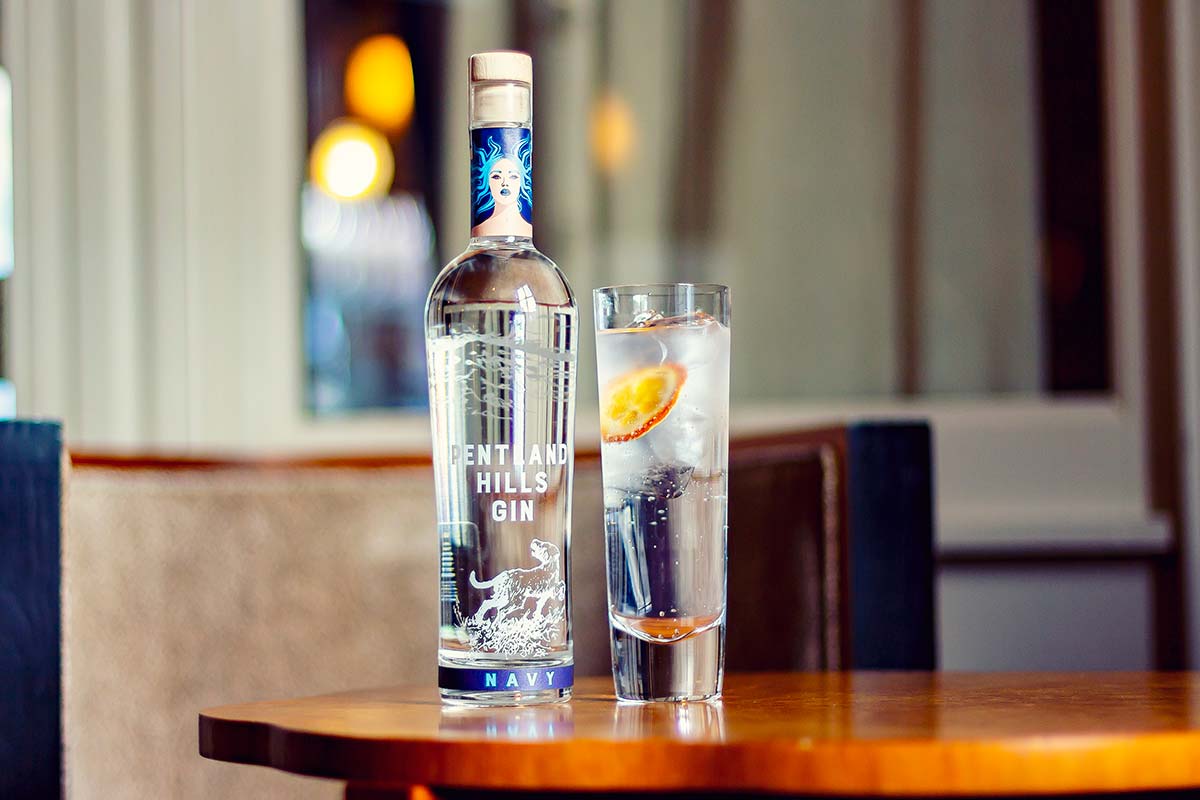
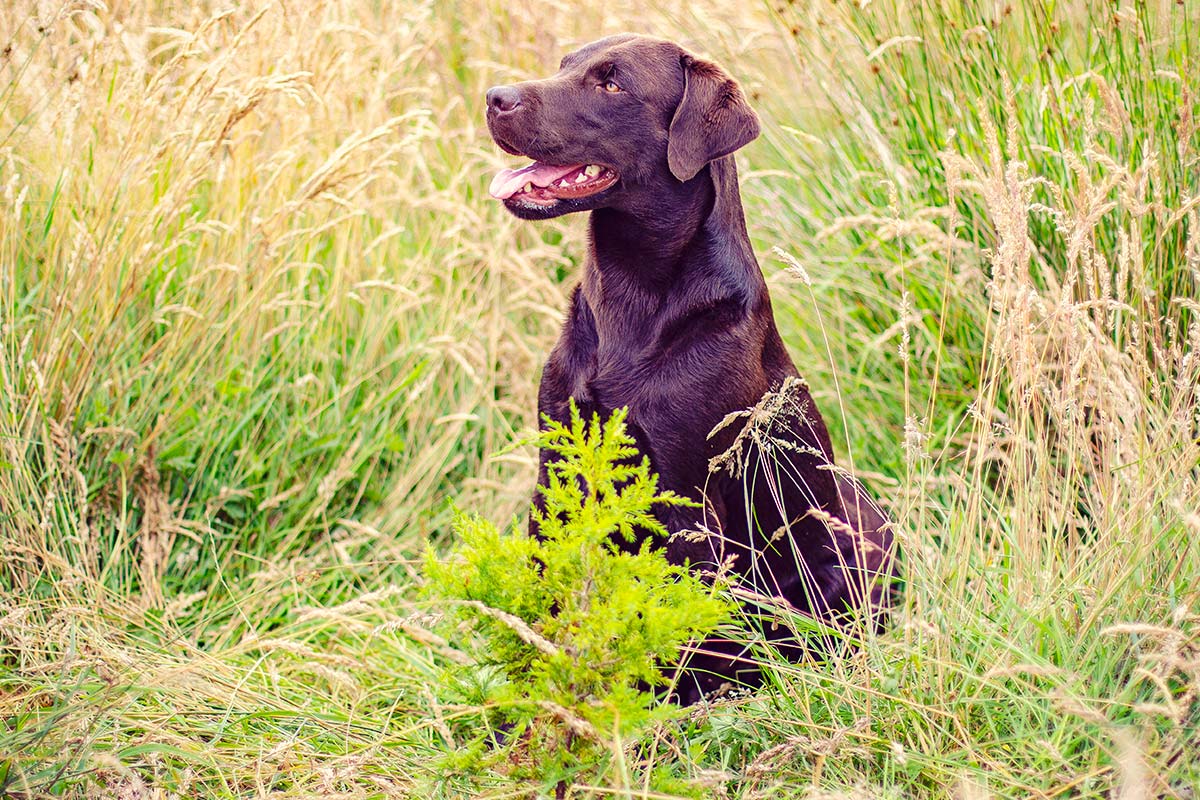
Glaswegin, Glasgow
Scotland’s largest city, Glasgow, has undergone a number of renaissances over the centuries. From its days as a hub for merchants and manufacturers throughout the 19th century and early 20th century, thanks to Glasgow’s geographical location. Situated between the highlands and lowlands of Scotland along with Scotland’s capital Edinburgh to the East and the Atlantic ocean to the West, Glasgow was perfectly placed on the river Clyde as a focal point for industry and commerce.
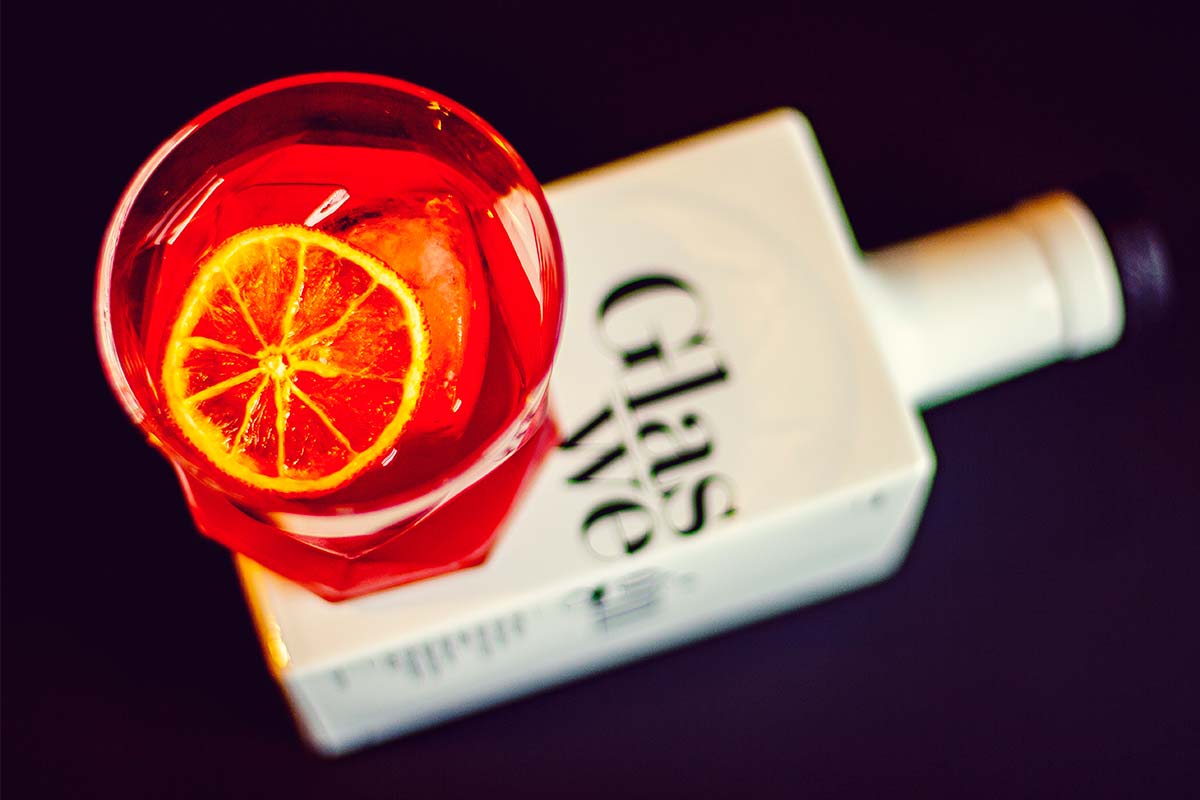
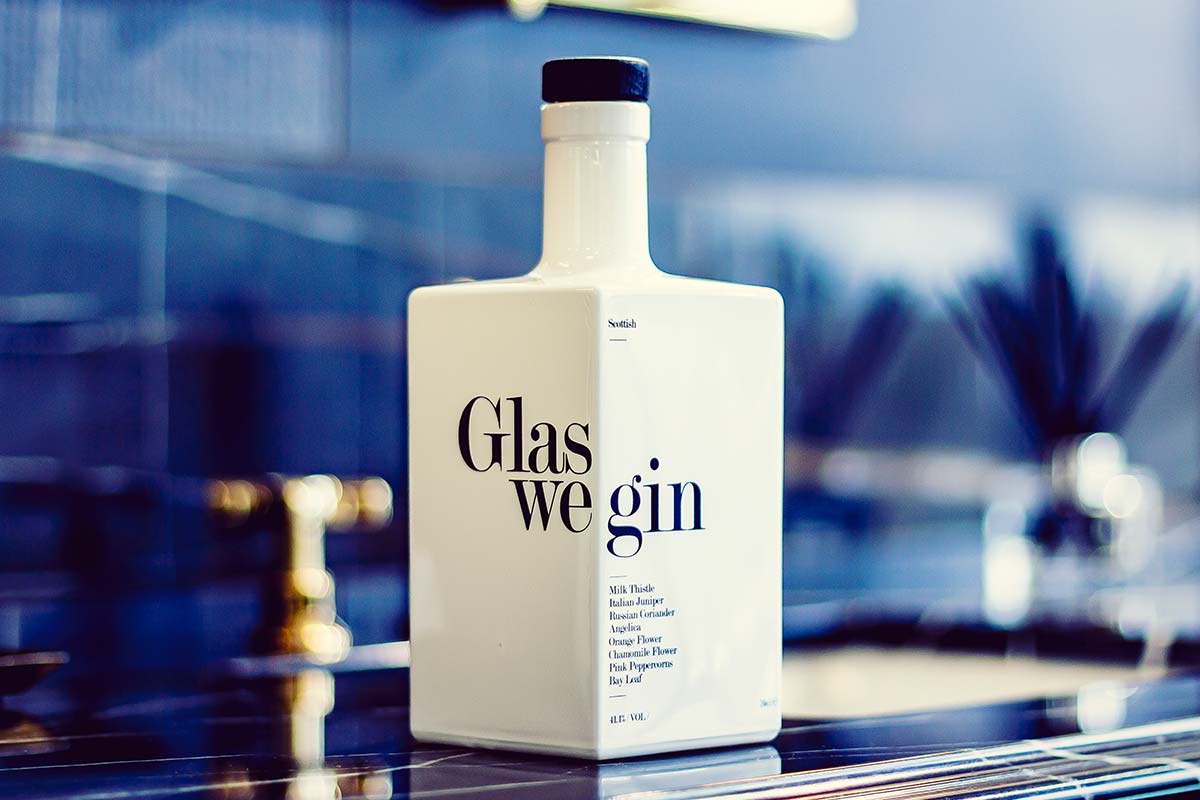
It’s not just industry and commerce Glasgow is famous for. Famous Glaswegians include comedian Billy Connolly, actor Gerard Butler, guitarist Angus Young of AC/DC and Charles Rennie Mackintosh, architect, artist, designer, considered by many as an influential pioneer and contributor to the Art Nouveau movement which swept across Europe between 1890 and 1910. Glasgow is a city of innovation, creation and creativity and this can also be seen in the number of new distilleries and spirits brands who now call Glasgow home.
“First launched in December 2018, Glaswegin celebrates the City of Glasgow and is inspired by the no-nonsense style of the city and its people. The modern and unique bottle, created by award-winning designer Paul Gray of Suisse Design, has picked up numerous design awards including the prestigious D&AD awards, walking away with an iconic pencil award for Best Luxury Packaging Design.
“Bottled and distilled in the heart of Glasgow’s Tradeston in a repurposed railway arch, the Scottish craft gin features a unique blend of gin botanicals, resulting in an inimitable flavour.
Eight magic ingredients create the gentle blend of Glaswegin, including locally grown Scottish milk thistle seed, as well as traditional botanicals such as Italian juniper, pink peppercorn and coriander. The strong juniper and lime notes provide a smooth fresh taste that can be accompanied with a splash of tonic, apple and mint for the perfect serve.
“Although the brand’s roots are very much in Glasgow, the minimal monochrome bottle has global appeal. Presented in a 70cl bottle and a 5ml miniature, the design is unlike any other and is created to ensure its presence stands out on the bar shelf – especially in a very busy and established market.
“The most important thing for us when thinking about our recipe was to create a gin that was unique, enjoyable to drink and reminded us of the city of Glasgow and its people. Our gin is all about flavour, not fussy or faddy and dependent on garnishes, a gin that you can enjoy glass after glass.”
Mark Nicholson, Glaswegin
Learn more about Glaswegin here.
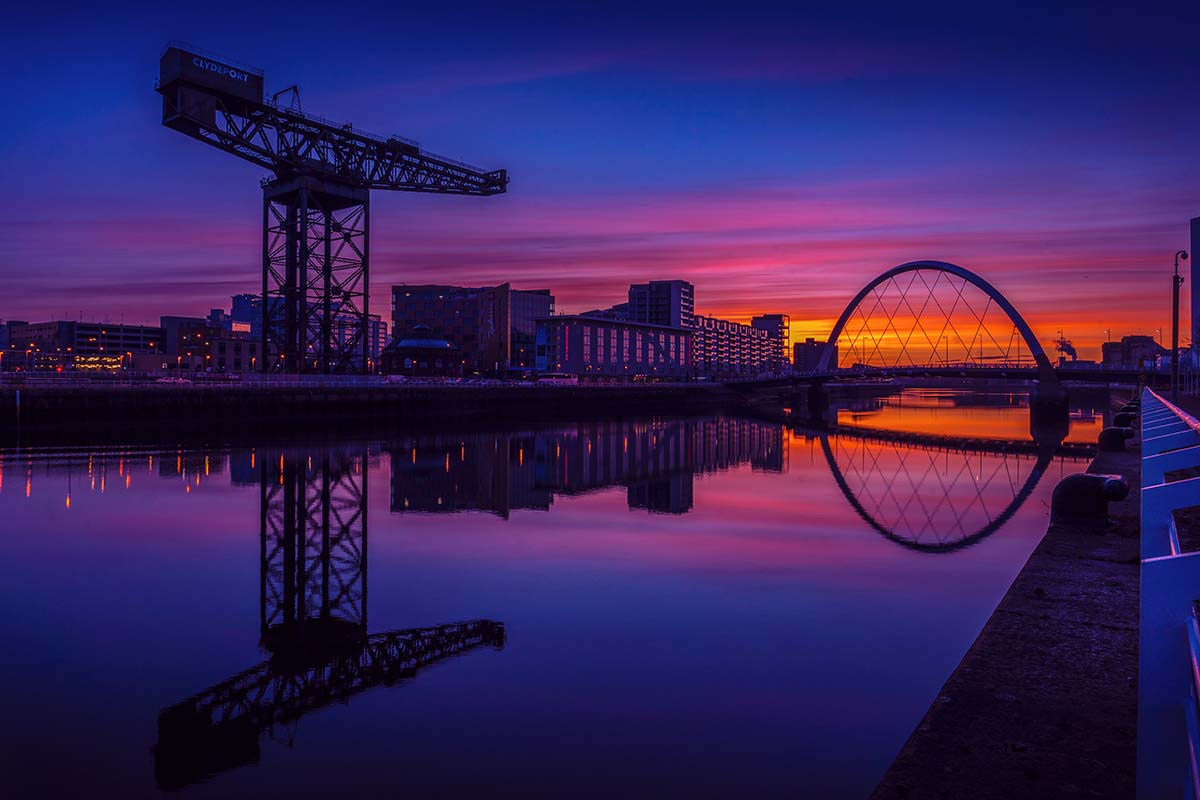
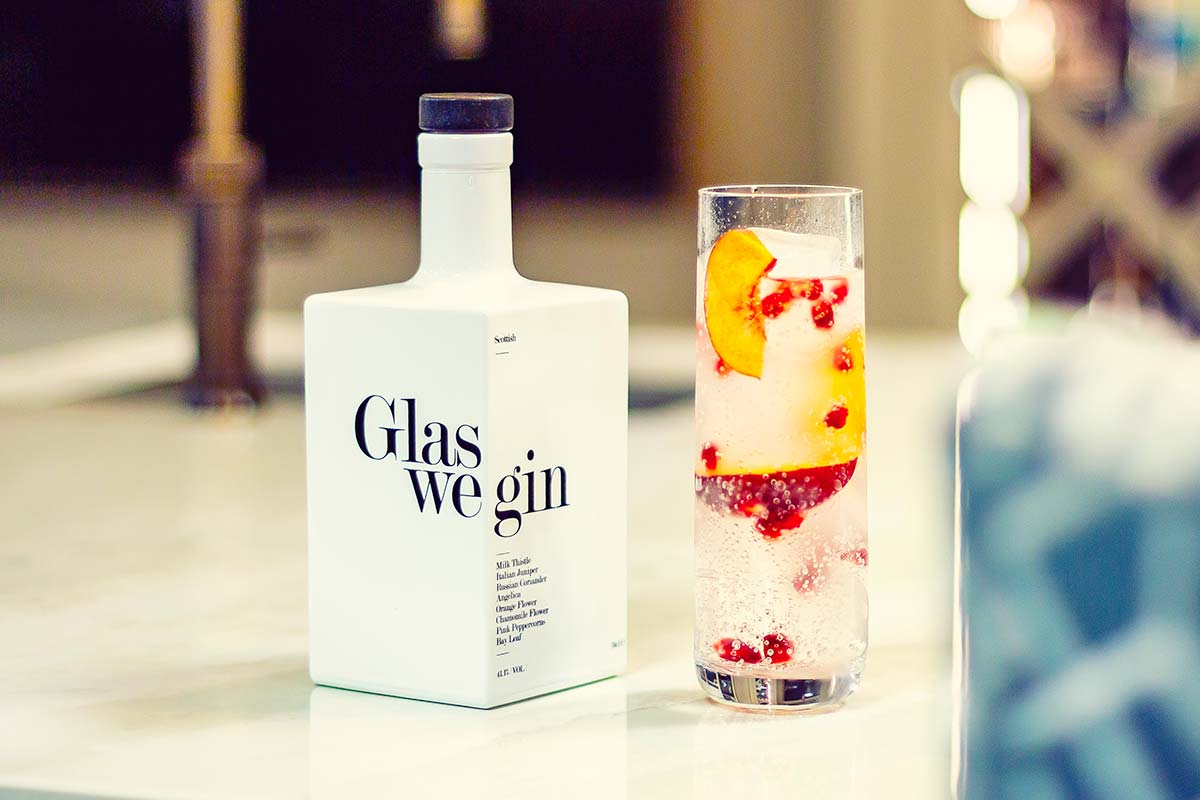
You can learn more about the many great Scottish Gins by visiting the links below.